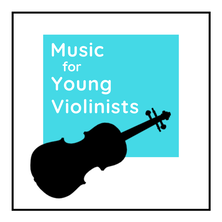|
The Old, Lesser Prepared Ms. Heather: STUDENT: “I have an audition in 1 week and I have to sight-read for the first time ever.” OLD ME: (trying to stay calm) “OK, let’s see what I can do to help” Meanwhile I scramble to find appropriate supplemental music on my shelf to practice this new skill, think of how to break down sight reading into layered steps for a young student to grasp in a 30 minute lesson and am in frustration wondering why I did not know about the audition until today!?!?!?! The New Prepared & Organized Ms. Heather: It helps to live in an area for a few years and learn the rhythms of local auditions. Now I have my students tell me 3-12 months of their audition plans and they must print out 2 copies of the audition requirements: 1 for me to keep on file and 1 for them to have in their folder. STUDENT: “My audition is in 3 months and I have printed out the requirements for you to look at” NEW ME: “Fantastic, this is going to be a great experience and I love teaching how to sight read! It can seem scary to have to play the unknown for your first time in front of judges but when you know the process for how to prepare in your head you will have a successful & empowering experience. Also be sure to sign-up for the *mock auditions we are hosting next week so you can practice your audition.” Can anyone relate to this experience? That was me in my early teaching years and I now love teaching sight reading. I break it down into these 5 steps: #1 - Evaluate the key signature and touch the scale on your fingerboard. In the lesson and at home actually play the scale out loud. #2- Do a rhythmic analysis using Music Mind Games “Blue Jello” words (or whatever you use in your studio). In the lesson and at home actually tap the rhythm on the music stand. #3- Look at the shape of the melody: Scales or skips? Ascending or descending? Are there any accidentals? Bonus points for assessing dynamics, articulations and bowings at this step. #4- Play/sing the first phrase in your head. #5- Play on your violin. At an actual audition the first 4 steps happen in about 30 seconds but in the lesson and home preparation, this takes several minutes. Lastly, I tell my beginning students new to this process that if they forget all of the above steps then at least remember not to dive right into the sight reading - give it some mental time before actually playing on the instrument. * IDEA: Collaborate with colleagues to offer your students a mock audition before your local youth orchestra audition. Last year I did this with some colleagues who also happen to be parents in my studio and it was a huge success. We contacted the local youth orchestra to learn how they conducted their auditions and did our best to imitate this including having an adjudicator to bring the students to the audition room. We also wrote comments for the students so they had some feedback and focus points. Access the free "How to Sight Read" chart on the Music for Young Violinists FREEBIES page.
For a series of progressive sight reading exercises composed specifically for beginning-intermediate level violinists, please explore the Music for Young Violinists collection The Teacher's Toolkit.
0 Comments
Leave a Reply. |
Categories
All
Archives
February 2024
AuthorHi! It's me, Heather. I absolutely love working on the Music for Young Violinists project and all the many facets: blogging, website, music, teaching materials, freebies, videos, newsletter and giveaway contests. The best part is connecting with you so feel free to drop me a line. You can learn more about me on the "ABOUT" page. Thanks! |
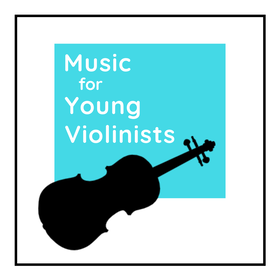
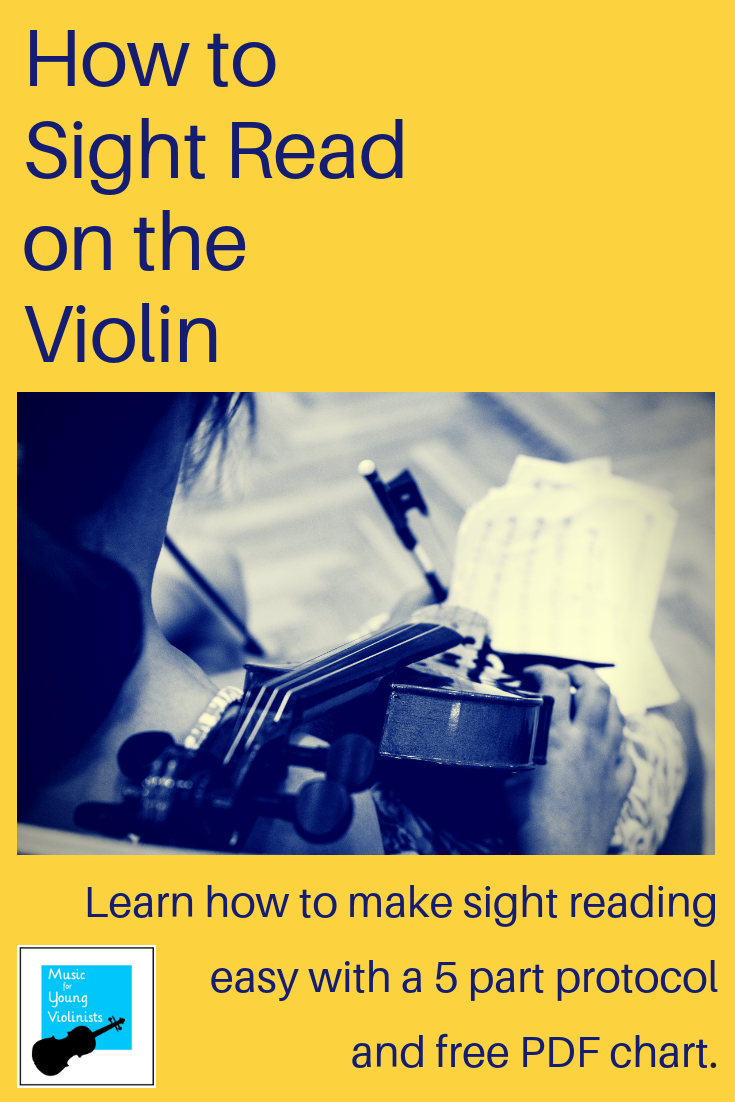
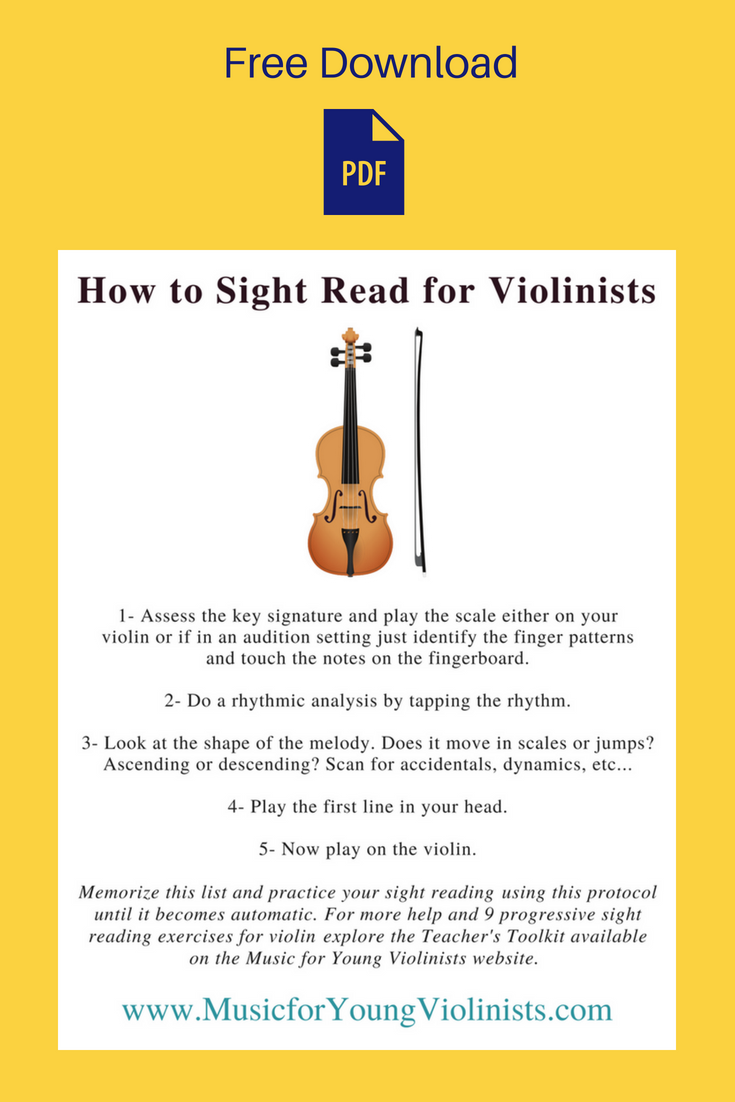
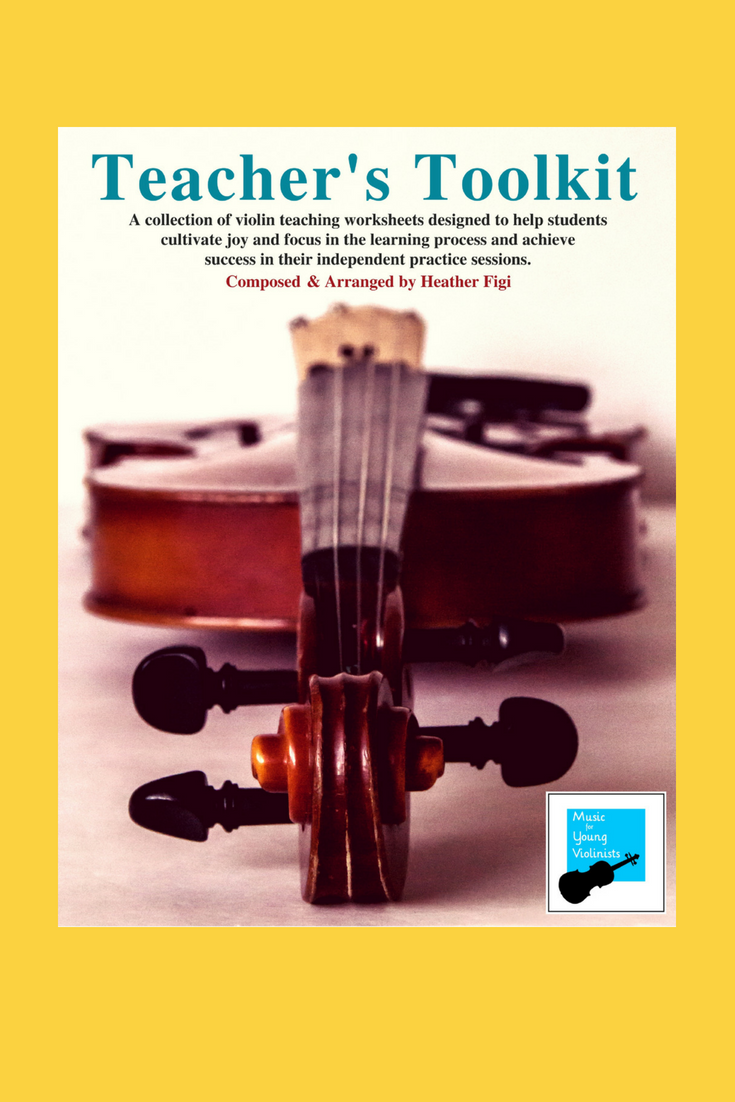
 RSS Feed
RSS Feed
